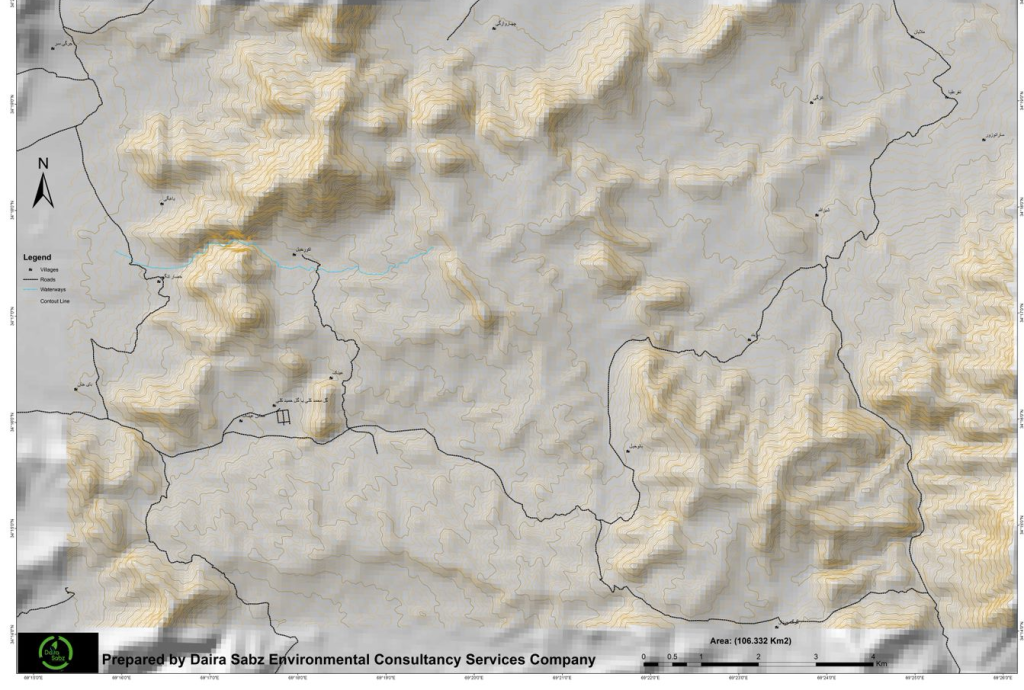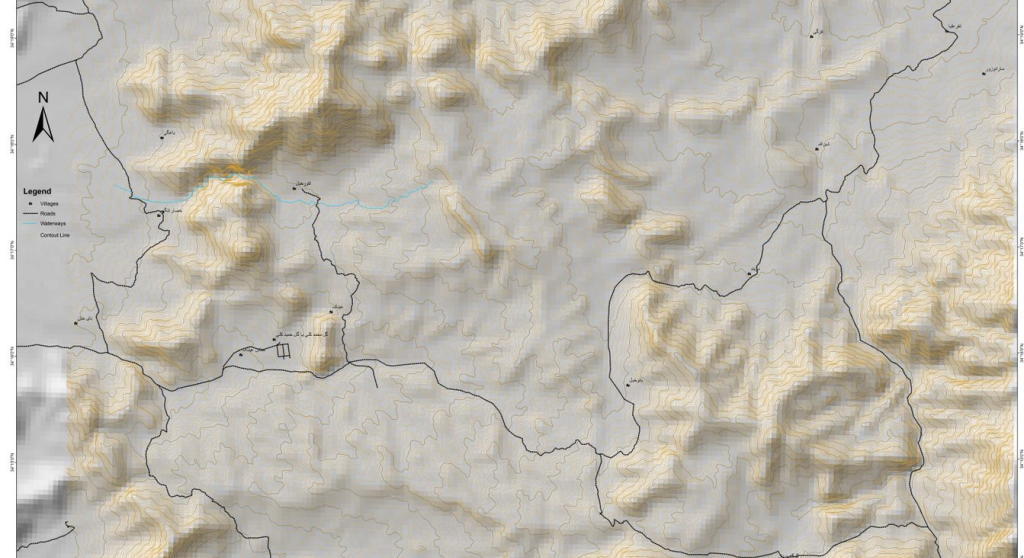Pioneering Landscape Archaeology: Integrating Tradition and Technology
We are thrilled to announce a groundbreaking initiative by Daira Sabz Environmental Consulting, setting a new standard in landscape archaeology in Afghanistan. By integrating local knowledge, modern technologies, and recent scientific findings, we are uncovering the rich tapestry of our nation’s heritage like never before.
What is Landscape Archaeology? Landscape archaeology goes beyond the traditional excavation of sites to explore the broader context of human activity across landscapes. It integrates various disciplines such as geography, ecology, and history to study the spatial patterns of ancient settlements, agricultural practices, and ceremonial sites.

Our Approach:
- Local Knowledge: Respecting and incorporating the invaluable insights of local communities has been paramount. Their deep-rooted understanding of the land provides a unique perspective that enriches our archaeological endeavors.
- Modern Technologies: Utilizing cutting-edge tools such as LiDAR (Light Detection and Ranging) and GIS (Geographic Information Systems), we can reveal hidden structures and landscapes, offering a comprehensive view of historical sites.
- Scientific Findings: By staying abreast of recent scientific research, we ensure that our methodologies are aligned with the latest advancements, enhancing the accuracy and depth of our studies.
Why is it Important?
- Holistic Understanding: By analyzing entire landscapes, we gain insights into how ancient communities interacted with their surroundings, managed resources, and responded to environmental changes.
- Cultural Heritage Preservation: Landscape archaeology helps in preserving cultural heritage sites by highlighting their significance within the larger environment.
- Modern Relevance: Understanding past land use and environmental adaptation strategies can inform contemporary practices in sustainability and urban planning.

Reasons for Heritage Damages: Our studies and experiences have highlighted several key factors contributing to the damage of heritage sites:
- Environmental Factors: Natural erosion, climate change, and natural disasters like earthquakes and floods.
- Human Activities: Urban development, agriculture, and mining activities can lead to the destruction of archaeological sites.
- Looting and Vandalism: Illegal excavations and intentional damage can cause irreparable harm to heritage sites.
- Neglect and Poor Conservation Practices: Lack of proper maintenance and conservation efforts can lead to the gradual deterioration of sites.
- Conflict and War: Armed conflicts and military activities have historically resulted in significant damage to cultural heritage.
Recent Discoveries: Our team has already made significant strides, uncovering ancient terraces and settlement patterns that shed light on historical land use and resource management. These discoveries are not only academically enriching but also crucial for contemporary land use and conservation strategies.

Future Prospects: We envision a future where our collaborative efforts with local communities and international experts lead to a sustainable model of archaeological research and heritage preservation. This model will serve as a blueprint for similar initiatives across the globe.
Join the Conversation: Have you been involved in any landscape archaeology projects or come across intriguing findings? Share your experiences and insights with us info@dairasabz.com.

